The city of Troy – Troia – which has a long history, is the setting for the mythology of the Trojan Horse, which has been depicted in several literary works and film adaptations. Throughout history, the city of Troy, which is located on the trade route between Europe and Anatolia, has been subjected to several natural calamities and battles. The traces of these many structures may be found throughout the city, which has been demolished and rebuilt nine times in total. Let’s spotlight the best things to do in Troy that actually make Tory unique of other regions in Turkey.
Trojan Horse
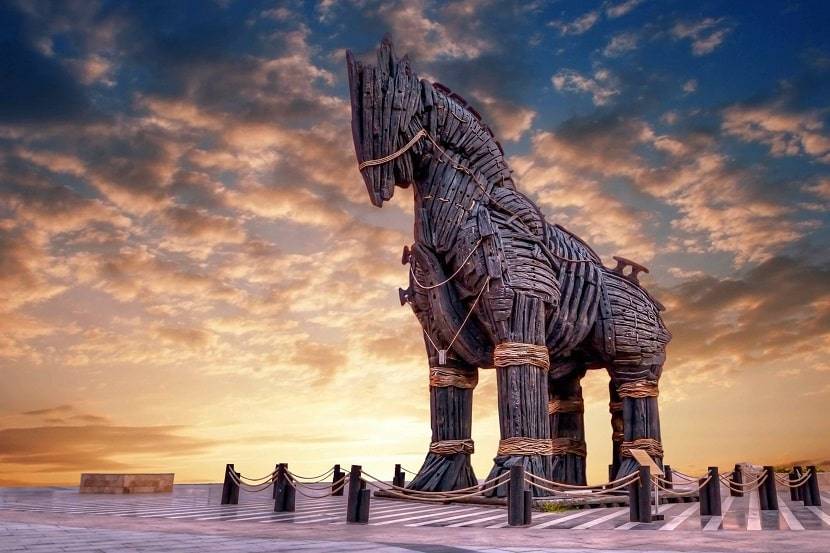
The Trojans and Greeks battled a long and horrific battle over 3000 years ago. Why? Because the Trojans had kidnapped Helen, a lovely Greek princess. But this is a horse narrative, not a princess story. The Greeks fought Troy but were unable to breach the city’s high, fortified walls. They did everything, but it appeared that the Greeks would not be victorious in the war.
So, if they couldn’t win the battle with their physical power, the Greeks reasoned, they should win it with their minds. They devised a cunning plan. They began constructing a wooden horse. The Trojans were perplexed as to why the Greeks were constructing a horse. Some people chuckled, while others were perplexed. Then they became perplexed when they watched the Greek armies floating away one day. All of the warships, army tents, and troops vanished in a matter of days. The weird wooden horse, standing nearly 80 feet tall, was the only item that remained.
♦ 2 Days Gallipoli Troy Tour From Istanbul
Cimenlik Castle
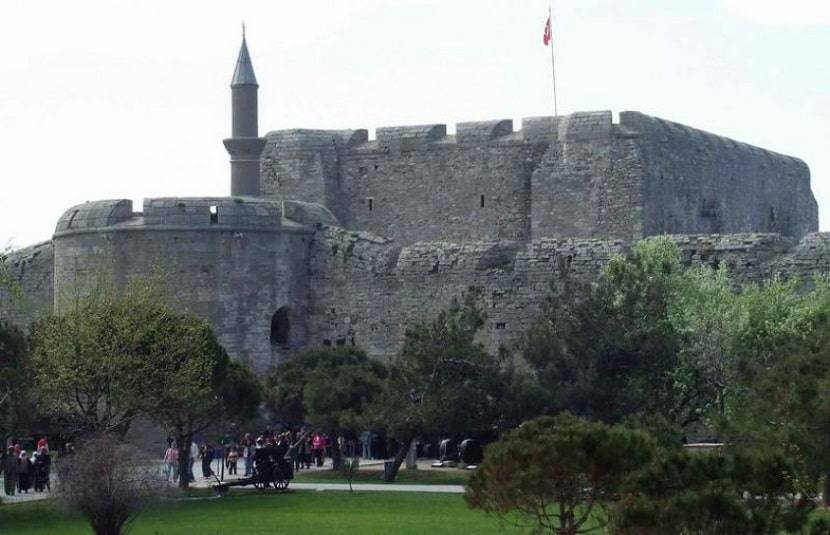
Kala-i Sultaniye was the name given to it in the past. Fatih Sultan Mehmet erected Cimenlik Castle in 1462, which today functions as a military museum. In addition to the existing artillery collection at imenlik Fortress, materials contributed by willing individuals and private foundations were acquired and used to supplement it. A crew of volunteers also inspected the battlefield during this operation. In addition, the records and inventory lists were thoroughly investigated.
In Imenlik Fortress, this 1927 building has been converted into a museum. The other structure, which dates from 1954, has been turned into a museum management office. The museum’s construction was finally finished when the 1/1 scale duplicate of the Nusret Mine Layer, the hero of the 18th March 1915 Naval Victory, was put on a specially created platform in the park. Istanbul Shipyard Command constructed the duplicate. The place serves as one of the best things to do in Troy.
Gallipoli Battlefields
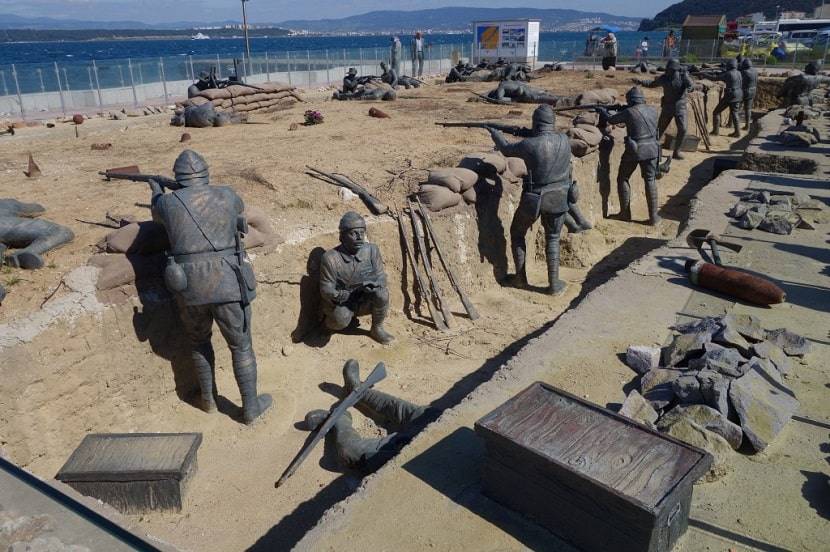
In comparison to those in Europe, this battleground is small and constrained. The majority of the sights can be seen in a day or less. Because the entire area is a National Park, it has been well preserved. The majority of the region has primitive walking trails. The area adjacent to the bitumen pavement is in much the same state as it was when the Anzacs left it. The eroding remains of the original trench lines, which are now covered in scrubby growth, can be seen. As we walked around, we came upon shrapnel balls. When strolling through the brush, one must also keep a watch out for snakes. Some of them appear to be fairly combative. Visiting this battlefield is one of the best things to do in Troy.
♦ 6 Days Turkey Tour – Best Turkey Tour Package
Canakkale Dardanelles
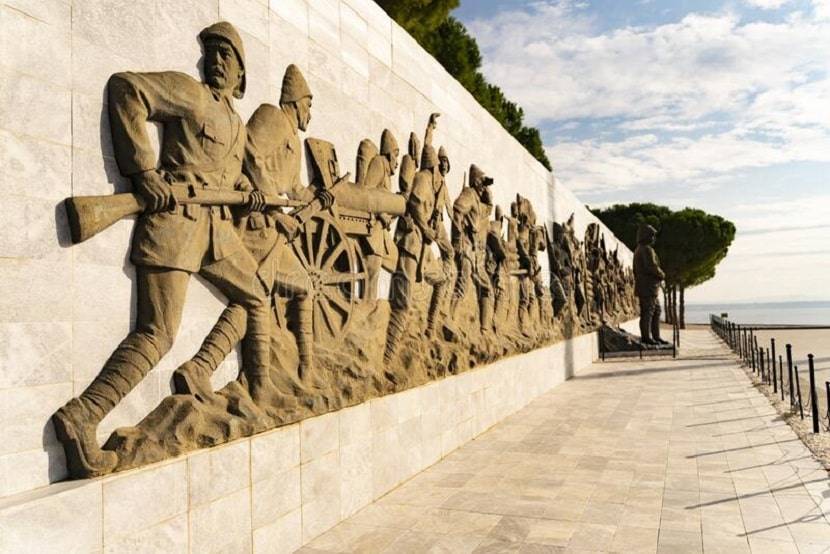
Dardanelles, previously Hellespont, Turkish anakkale Boaz, narrow channel between the Aegean Sea and the Sea of Marmara in northwestern Turkey, 38 miles (61 km) long and 0.75 to 4 miles (1.2 to 6.5 km) wide. The strait was named after the city of Dardanus on the Troad (region around ancient Troy), where Mithradates VI (King of Pontus) and Sulla (Roman general) signed a treaty in 85 BCE.
The Dardanelles are located between Europe’s Gallipoli Peninsula (northwest) and Asia Minor’s mainland (southeast). It reaches a maximum depth of 300 feet (90 metres) in the narrowest central part, with an average depth of 180 feet (55 metres). From the Sea of Marmara to the Aegean, there is a strong surface current and a compensating undercurrent that returns more saline water.
Kilitbahir Fortress
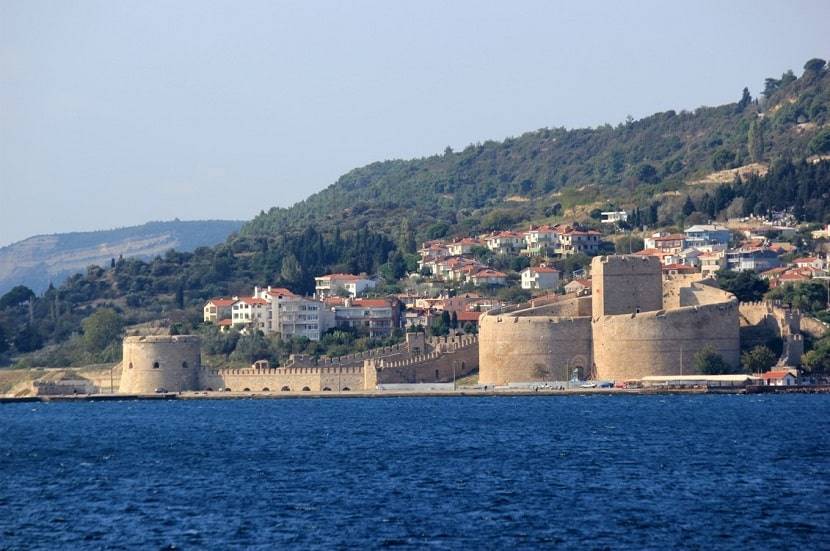
The beautiful fortification of Kilitbahir, the Lock of the Sea, is located just across the Narrows of the Dardanelles. Kilitbahir, like Imenlik Castle in Anakkale, was built in 1452 by Sultan Mehmet II, the Conqueror. The two fortifications guarded the Narrows against any ship arriving from Europe to help Mehmet’s besieged Constantinople (Istanbul).
The Rumeli Hamidye Rampart and the massive and majestic Namazgah Rampart are two historic earthen cannon ramparts and concrete ammunition bunkers on the road south of Kilitbahir. They were constructed in the 1890s and were part of a defence system of forts, walls, and mines in 1915 to prevent foreign ships from passing through the straits. The large heavy cannons that once stood here have long since vanished, but the gun locations may still be seen.

